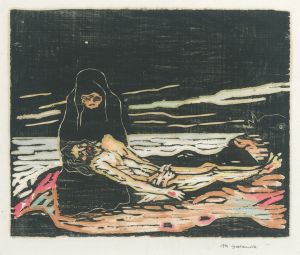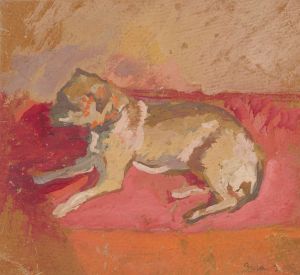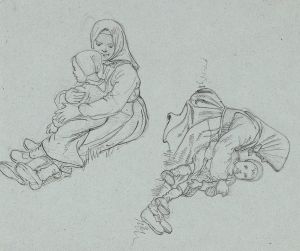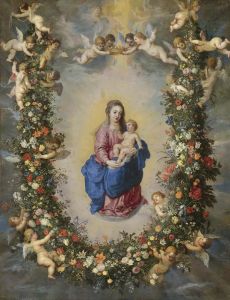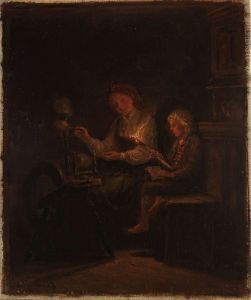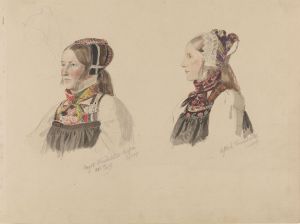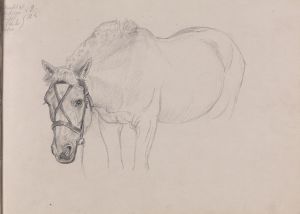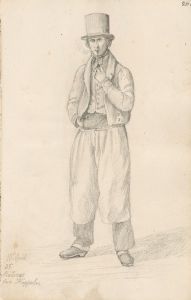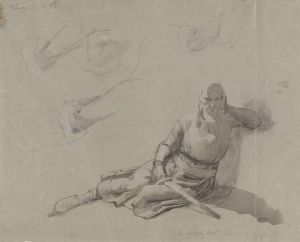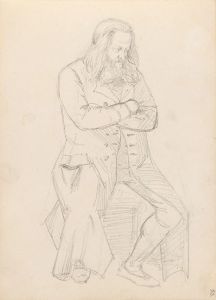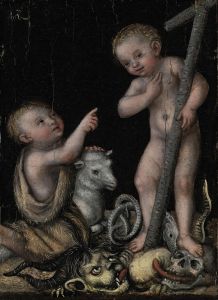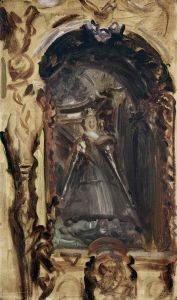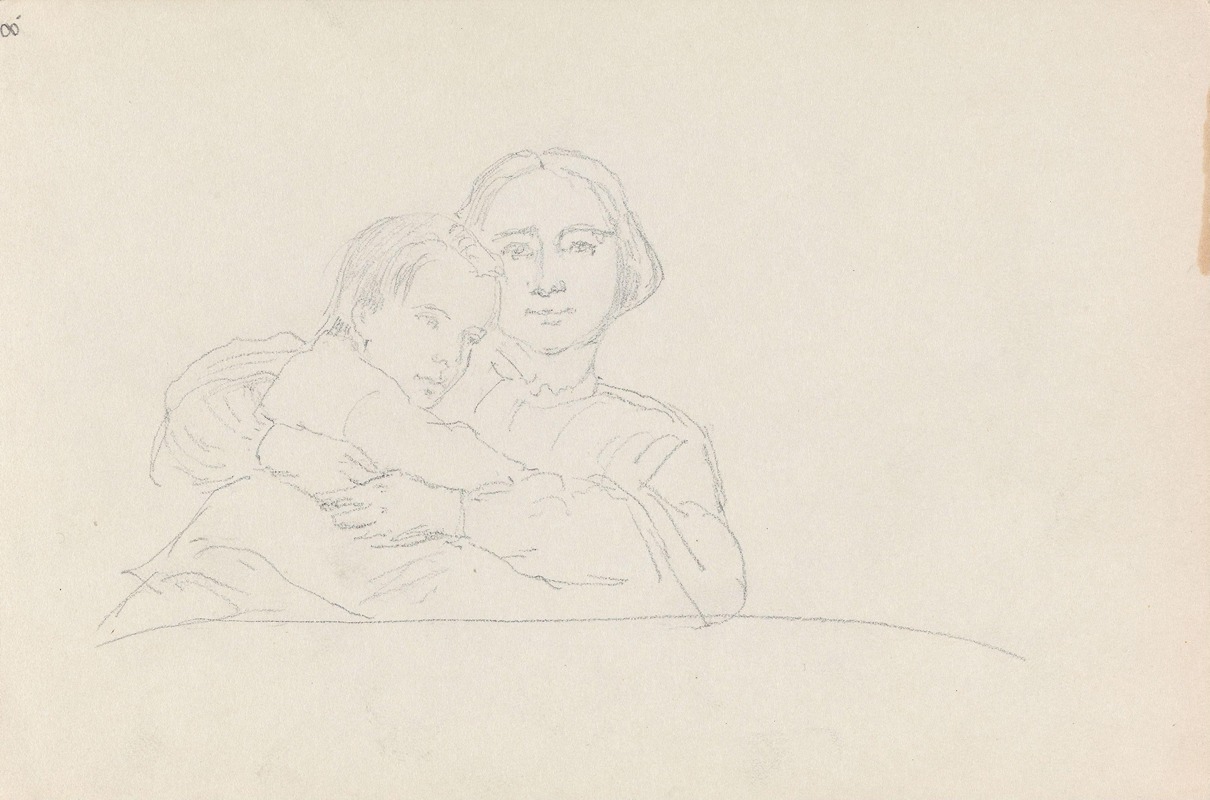
Mor og barn
A hand-painted replica of Adolph Tidemand’s masterpiece Mor og barn, meticulously crafted by professional artists to capture the true essence of the original. Each piece is created with museum-quality canvas and rare mineral pigments, carefully painted by experienced artists with delicate brushstrokes and rich, layered colors to perfectly recreate the texture of the original artwork. Unlike machine-printed reproductions, this hand-painted version brings the painting to life, infused with the artist’s emotions and skill in every stroke. Whether for personal collection or home decoration, it instantly elevates the artistic atmosphere of any space.
Adolph Tidemand, a prominent Norwegian painter of the 19th century, is best known for his depictions of Norwegian folk life and traditions. One of his works, "Mor og barn" (translated as "Mother and Child"), reflects his characteristic focus on intimate and everyday moments, often portraying themes of family, domesticity, and rural life.
"Mor og barn" is an example of Tidemand's ability to capture emotional depth and cultural authenticity in his art. The painting depicts a mother tenderly holding her child, emphasizing the bond between parent and child. The composition is simple yet evocative, with the figures often placed in a modest, rural setting, which aligns with Tidemand's broader interest in documenting the lives of ordinary Norwegian people during the 19th century. His works often served as a visual record of Norwegian identity and culture during a period of national romanticism, a movement that sought to celebrate and preserve the unique traditions of Norway.
Adolph Tidemand was born in 1814 in Mandal, Norway, and studied art in Copenhagen, Düsseldorf, and other European cities. He became a central figure in the Düsseldorf School of painting, which emphasized detailed realism and often focused on historical or genre scenes. Tidemand's works frequently drew inspiration from his travels across Norway, where he sketched and studied rural communities, their customs, and their way of life. These observations informed many of his paintings, including "Mor og barn."
While specific details about the creation date or current location of "Mor og barn" are not readily available, the painting is consistent with Tidemand's broader oeuvre, which often highlighted themes of family, faith, and tradition. His works were widely appreciated during his lifetime and continue to be celebrated for their contribution to Norwegian cultural heritage.
Adolph Tidemand passed away in 1876, but his legacy endures through his art, which remains a vital part of Norway's artistic history. "Mor og barn" stands as a testament to his skill in portraying universal human emotions while also preserving the unique character of Norwegian rural life.






